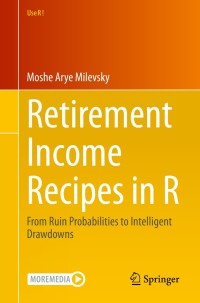Question 2: Use Pandas data-reader to retrieve adjusted closing price information from AphaVantage for the stocks on the list assembled in the previous question. Use the Adjusted Close column to compute closing returns for each and save your results in a dataframe with dates as the row labels and tickers as the column labels Data should cover the period February 28, 2020 to March 27, 2020. (30 pts) In [8): # For some reason Alphavantage does not like this ticker, although it seems to be fine with BRK.b # so you will need to include an if statement that skips any tickers that cause problems for the AlphaVantage API. bad_tickers = ['BF.b'] In (11): import pandas_datareader.data as par import datetime import time In [16]: start - datetime.datetime (2020, 2, 28) end = datetime.datetime(2020. 3. 27) In ( ): Since the free version of Alphavantage accepts queries for only 5 tickers per minute, you will need to implement a delay after every 5 queries. Here is an example showing how that can be done. This assumes that each new set of stock returns is placed into a new column of the returns dataframe. if Len(returns.columns) 5 == @: time. sleep(60) Steps: . Convert Alphavantage code from Pandas 10 example to retrieve a series of adjusted close prices for a particular ticker and date range . Convert to returns Make a loop that does this for all stocks in your list, saving returns for each stock in a separate column Question 2: Use Pandas data-reader to retrieve adjusted closing price information from AphaVantage for the stocks on the list assembled in the previous question. Use the Adjusted Close column to compute closing returns for each and save your results in a dataframe with dates as the row labels and tickers as the column labels Data should cover the period February 28, 2020 to March 27, 2020. (30 pts) In [8): # For some reason Alphavantage does not like this ticker, although it seems to be fine with BRK.b # so you will need to include an if statement that skips any tickers that cause problems for the AlphaVantage API. bad_tickers = ['BF.b'] In (11): import pandas_datareader.data as par import datetime import time In [16]: start - datetime.datetime (2020, 2, 28) end = datetime.datetime(2020. 3. 27) In ( ): Since the free version of Alphavantage accepts queries for only 5 tickers per minute, you will need to implement a delay after every 5 queries. Here is an example showing how that can be done. This assumes that each new set of stock returns is placed into a new column of the returns dataframe. if Len(returns.columns) 5 == @: time. sleep(60) Steps: . Convert Alphavantage code from Pandas 10 example to retrieve a series of adjusted close prices for a particular ticker and date range . Convert to returns Make a loop that does this for all stocks in your list, saving returns for each stock in a separate column







